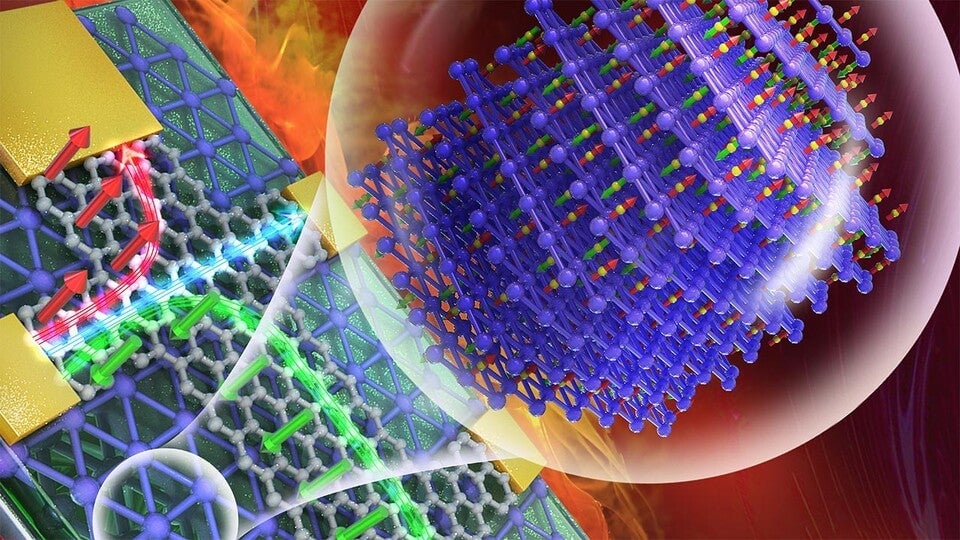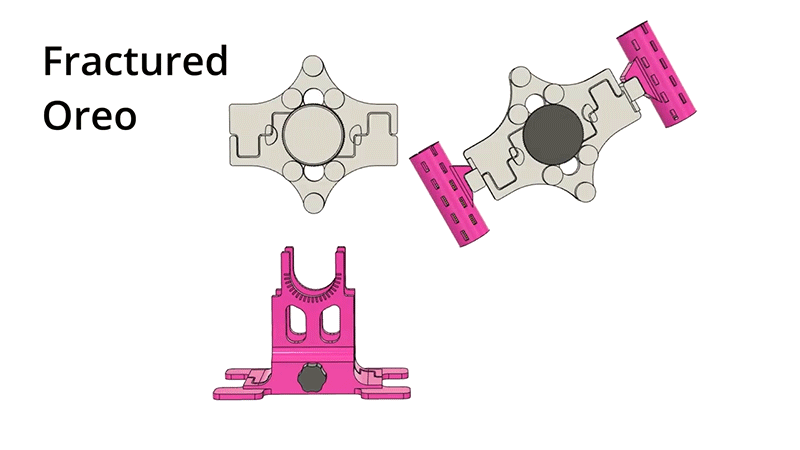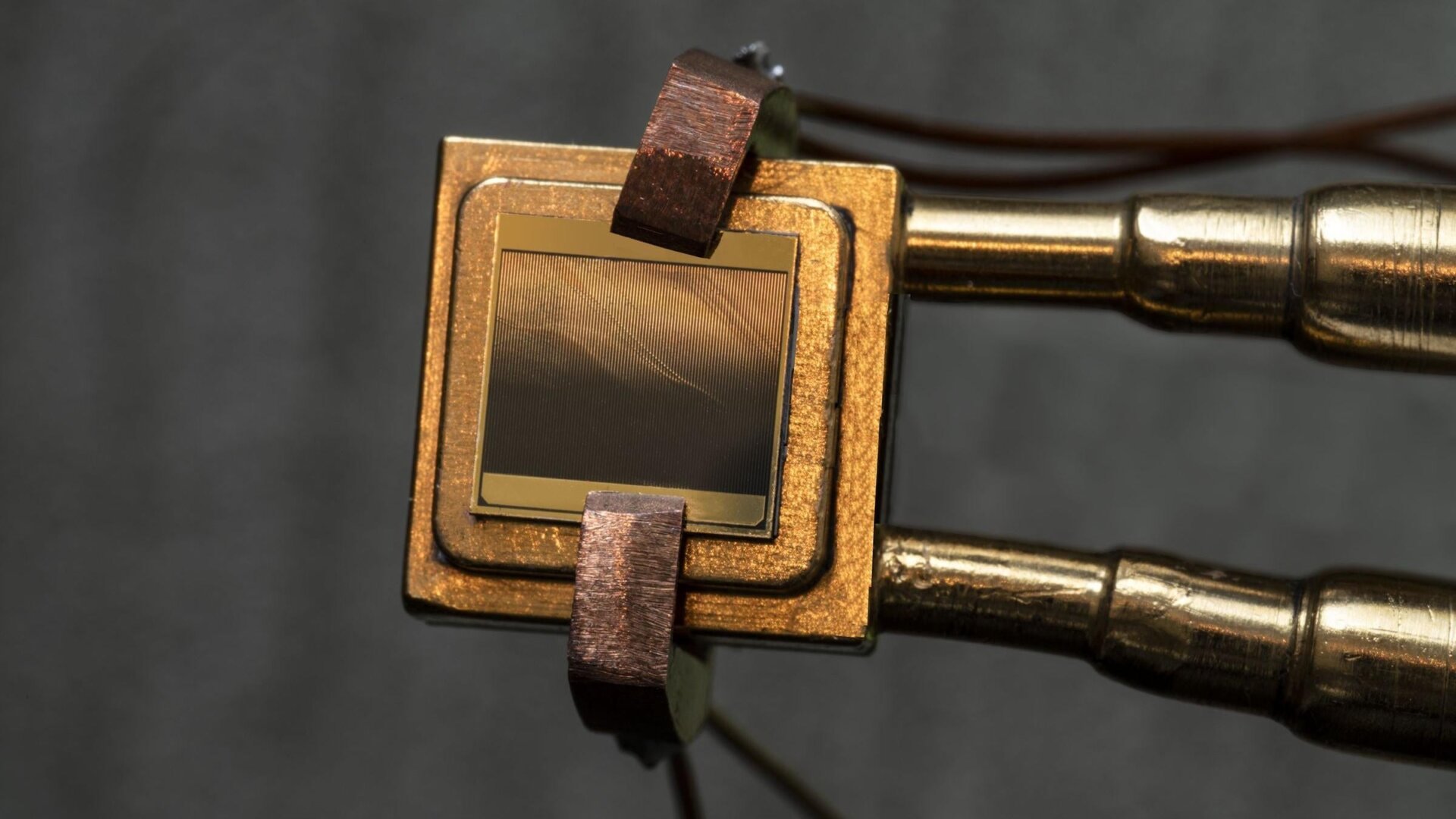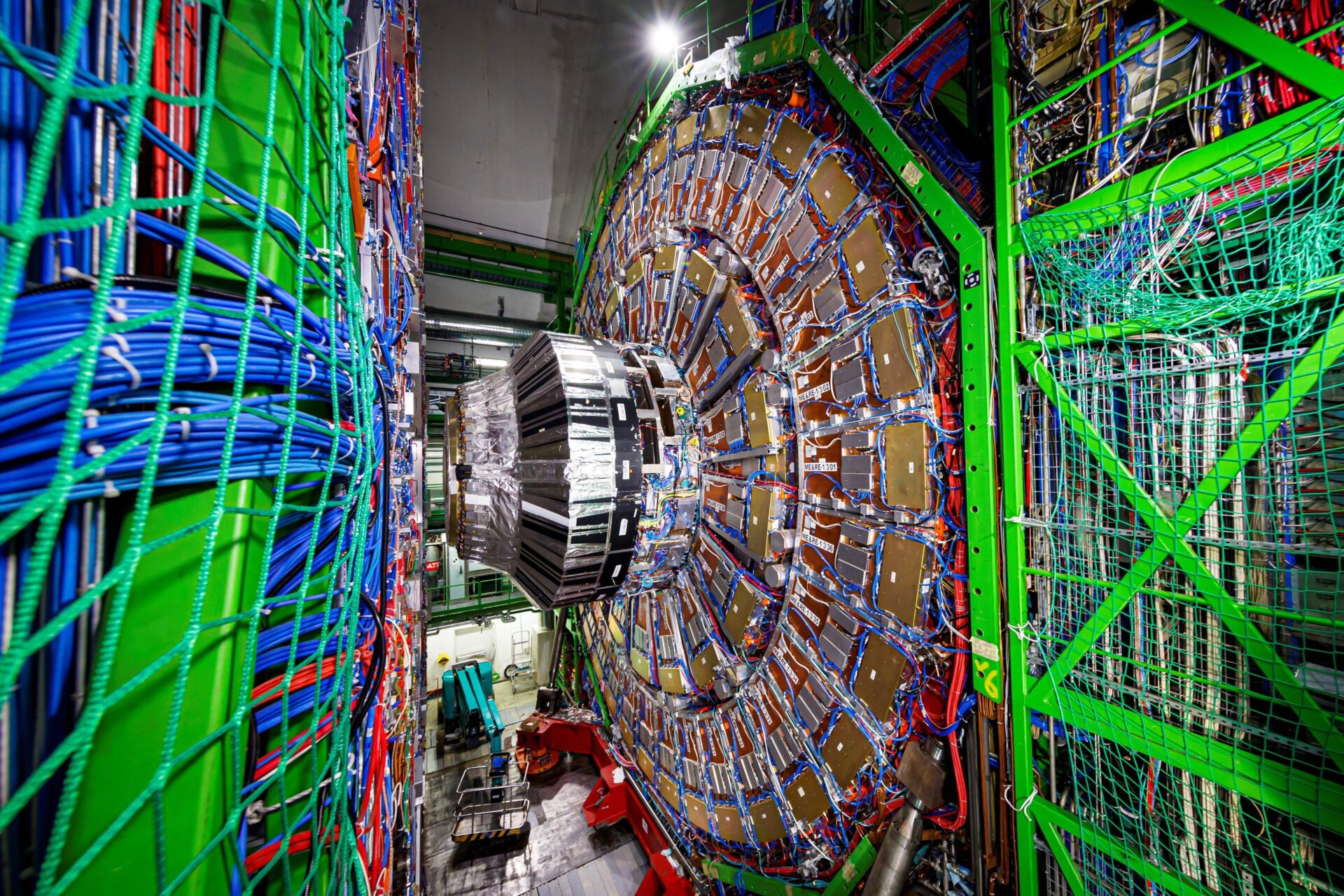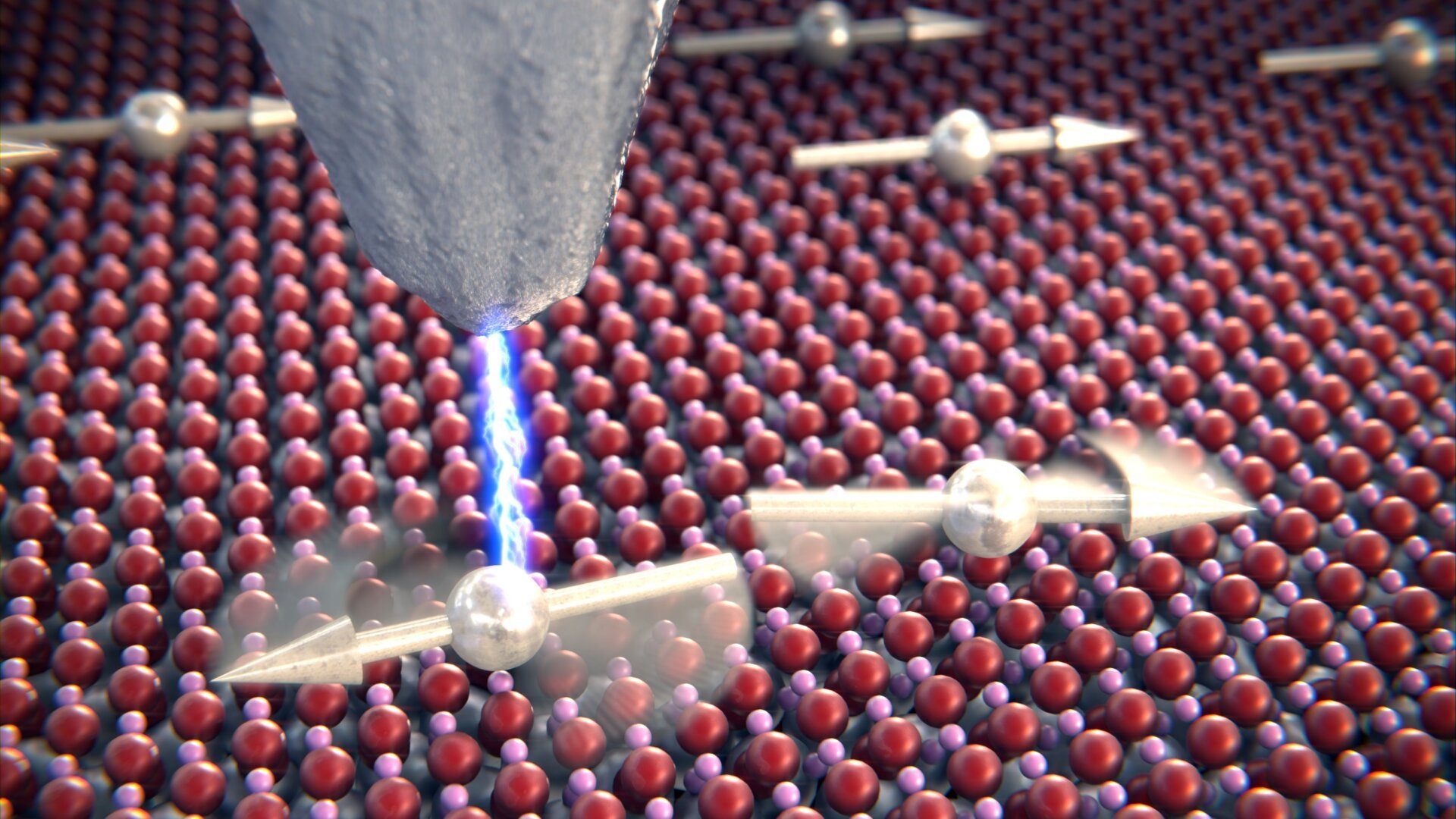The ubiquitous silicon transistor, a fundamental component in nearly every modern electronic device, is facing limitations. As transistors shrink to nanoscale dimensions, issues like energy consumption, heat generation, and device size become increasingly problematic. This poses a challenge to Moore’s Law, which predicts the continued exponential growth of transistors in electronic devices. Current silicon-based technology is struggling to keep up with the demand for faster, smaller, and more energy-efficient electronics.
Beyond Silicon: A New Approach to Transistor Design
Traditional transistors operate by controlling the flow of electrons through a gate, representing binary code (1s and 0s). However, a collaborative research team from the University of Buffalo and the University of Nebraska-Lincoln has pioneered a novel transistor design that leverages the spin of electrons rather than their flow, as detailed in their study published in Advanced Materials. This groundbreaking approach could revolutionize the semiconductor industry and pave the way for more efficient and compact devices.
Harnessing Electron Spin: The Magneto-Electric Transistor
The innovative magneto-electric transistor utilizes a single layer of graphene, chosen for its unique ability to preserve electron spin direction over relatively long distances. Beneath the graphene lies a layer of chromium oxide. Applying a positive voltage causes the electrons in the chromium oxide to spin “up,” directing the graphene electrons to the left. Conversely, a negative voltage induces a “down” spin in the chromium oxide electrons, causing the graphene electrons to veer right. These distinct configurations produce easily detectable signals corresponding to binary 1s and 0s.
Advantages and Potential Impact of Magneto-Electric Transistors
Professor Peter A. Dowben, a physicist at the University of Nebraska-Lincoln, emphasizes the potential of this technology to overcome the limitations of silicon transistors. He highlights the need for smaller, more energy-efficient alternatives, and the magneto-electric transistor offers a promising solution.
This new transistor design has the potential to significantly reduce the number of transistors required for data storage by up to 75%, resulting in smaller, cooler, and more efficient devices. Furthermore, it could potentially decrease global digital energy consumption by 5%, thanks to its ability to retain data even when powered off. This “memory” function eliminates the need to constantly refresh data, contributing to significant energy savings.
The Future of Semiconductors
While magneto-electric transistors are not yet ready for mass production, they represent a significant step forward in semiconductor technology. This innovation opens up new avenues for research and development, potentially leading to even more efficient and powerful electronic devices in the future. The ability to manipulate electron spin provides a new dimension for computation and data storage, pushing the boundaries of what is possible in electronics.
Conclusion
The development of the magneto-electric transistor marks a significant advancement in the quest for more efficient and scalable electronic components. By leveraging electron spin, this technology offers a promising path towards overcoming the limitations of traditional silicon transistors. While widespread adoption is still on the horizon, the potential impact on the electronics industry and global energy consumption is undeniable. This new approach could be the key to unlocking the next generation of smaller, faster, and more sustainable electronic devices.



